Fraunhofer IBP is involved in the following Fraunhofer alliances, groups and clusters of excellence:
Fraunhofer Alliances, Groups and Clusters of Excellence
Fraunhofer Building Innovation Alliance
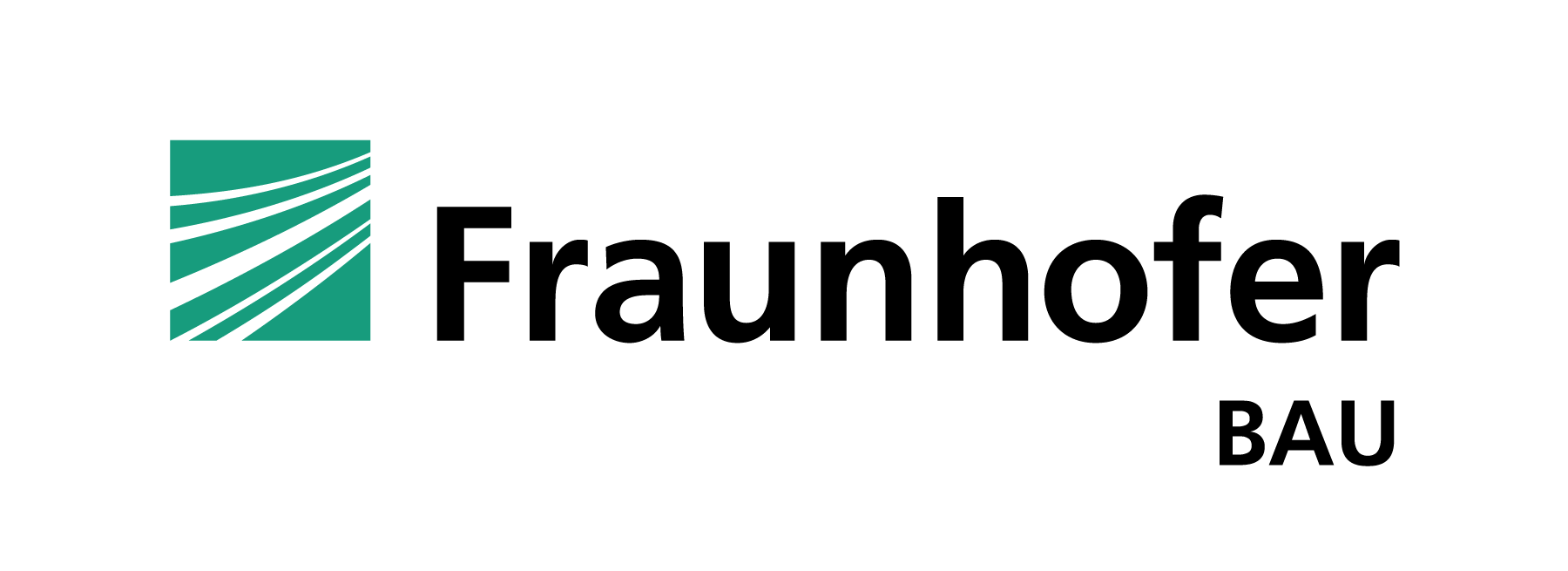
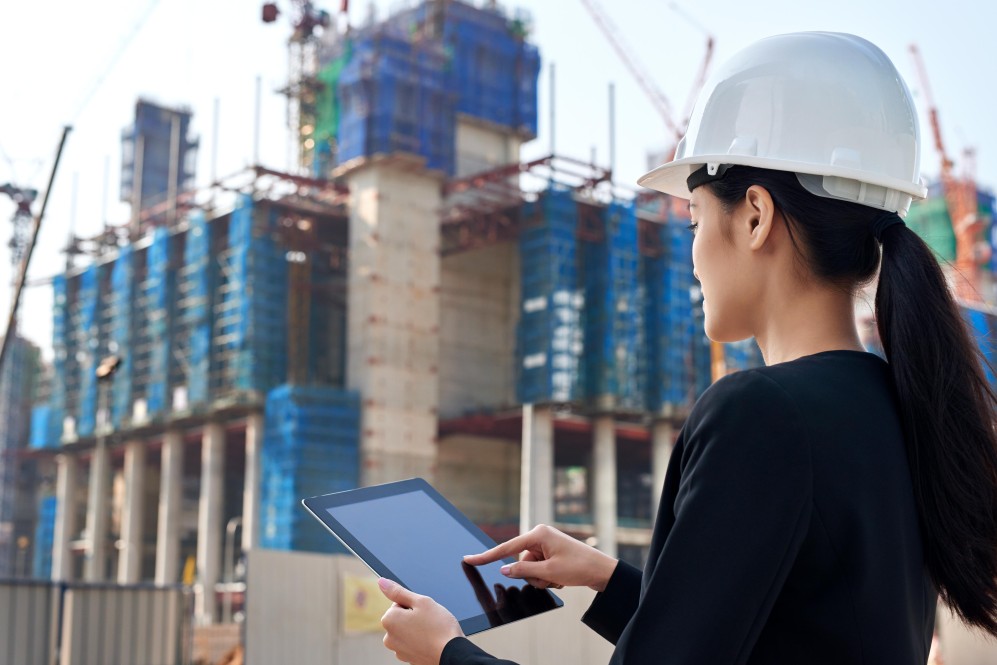

The aim of the Fraunhofer Building Innovation Alliance is to provide a one-stop shop for all scientific and research issues relating to building within the Fraunhofer-Gesellschaft. This gives the construction industry a central point of contact for complete system solutions. To this end, twelve institutes of the Fraunhofer-Gesellschaft have joined forces. The portfolio is correspondingly extensive, aiming equally at small and large players in the building industry. The Building Innovation Alliance also sees itself as an initiator for new and innovative topics and wants to take these up or redefine them on a scientific basis. It is intended to act as an interface between industry, research and politics.
The Fraunhofer Building Innovation Alliance has therefore set itself the task of methodically addressing the current need for innovation and of providing suitable solutions. This will help to secure Germany's position in the competitive global environment. Traditionally, the construction industry is more a field of application for modern solutions than it is a source of innovations. This calls for a close transfer of solutions and innovations, such as the Fraunhofer Gesellschaft can provide with the Building Innovation Alliance. The construction life cycle ranges from financing and project planning to classic planning processes, production, logistics, many years of operation and, ultimately, demolition. Translated into innovation fields, today this means ESG compliance in financing, 3D and BIM models in planning, systemic construction and renovation, Industry 4.0 in production, climate-neutral and environmentally compatible product and system solutions, intelligent construction sites with 5G technology and robotics, cost-effective and eco-friendly operation enabled by IoT and AI, and closed product and material cycles in a circular economy.
As a business and industry partner, the Fraunhofer Building Innovation Alliance wants to maximize the continuous and practical implementation of this innovation potential in the building process chain in a way which will also benefit companies. A one-stop store for all development issues and tasks, enabling you to improve your competitiveness and future viability.
Advantages
- Central point of contact in the Fraunhofer-Gesellschaft for construction topics
- Indicator and initiator of innovative topics (construction research)
- Addresses need for innovation, develops solutions in collaboration with business and industry
- Provides methods, techniques, processes, products and services
- Interdisciplinary solutions from a single source
Fraunhofer Energy Alliance
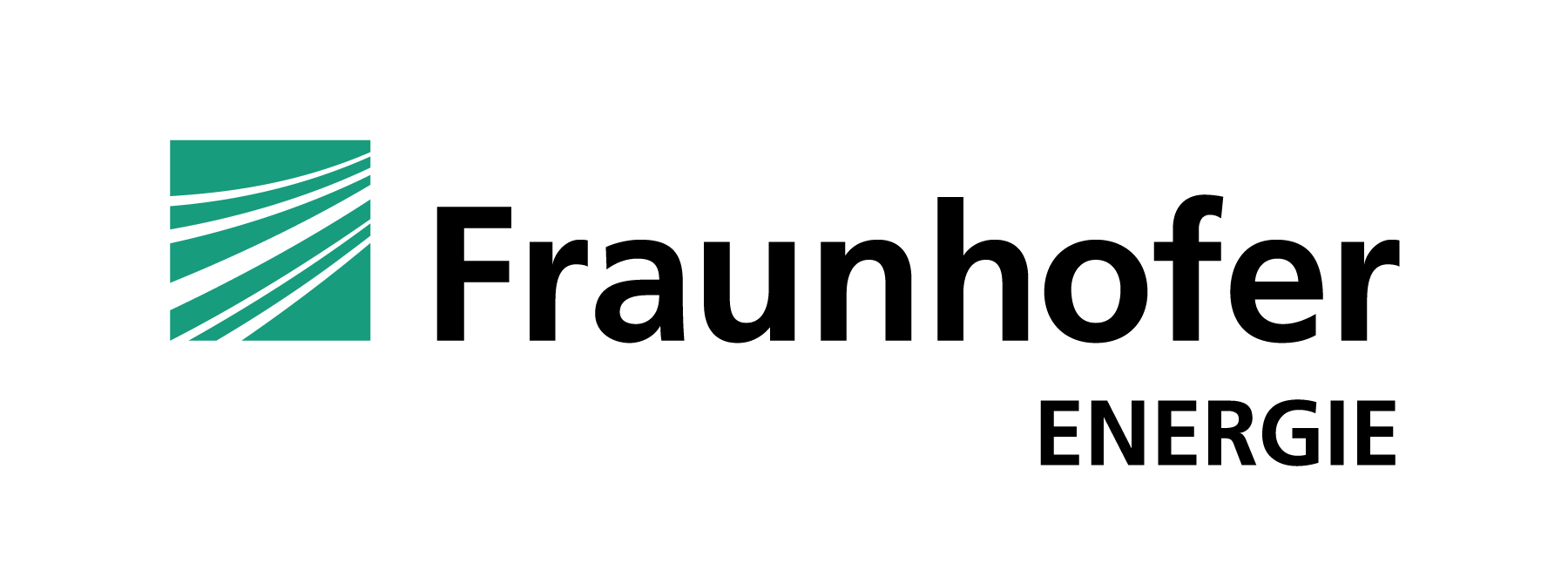

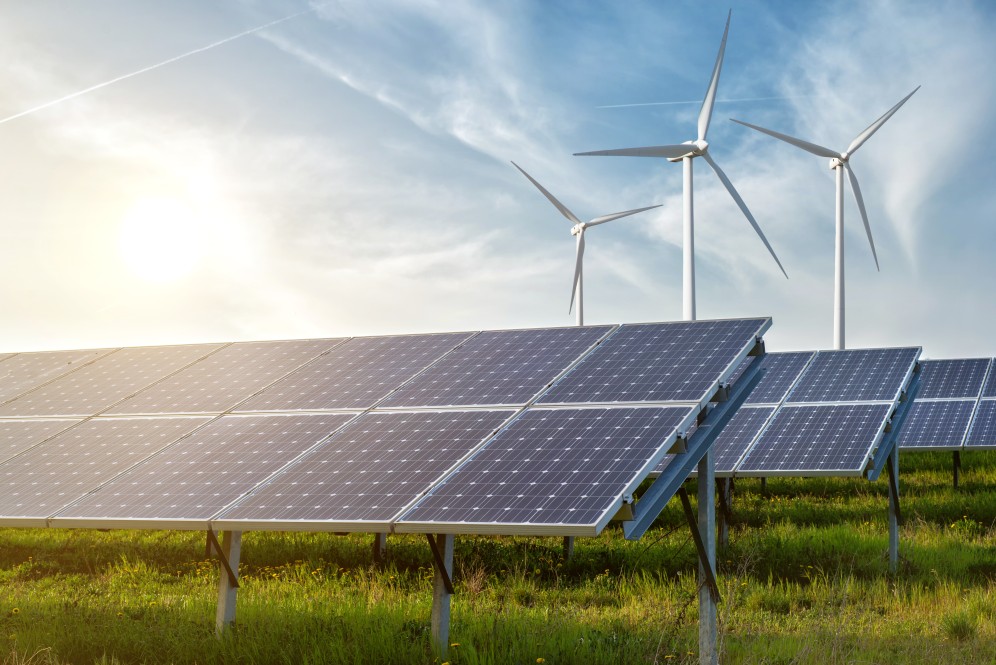
In order to develop particularly investment-proof, forward-looking and competitive products for its customers, the Fraunhofer-Gesellschaft has pooled its expertise in energy. More than 2,000 employees network their expert knowledge in the Fraunhofer Energy Alliance, one of the largest energy research institutions in Europe.
Research fields include renewable energies and energy storage technologies, energy efficiency technologies and components for buildings, districts and cities, digitizing the energy world, and analyzing energy systems. Key activities of the Fraunhofer Energy Alliance include product developments and (research) services in the fields of energy generation, storage, distribution and integration. Equally important for a future-oriented, fair and economical energy supply is the digitization of the entire energy system, systemic solution services and the inclusion of framework conditions in the areas of climate and environment. Drawing on the specialist knowledge and expertise of its 20 member institutes, the Fraunhofer Energy Alliance offers comprehensive services from a single source.
To ensure that small and medium-sized enterprises, as well as industry and the energy sector, can be successful with innovative products and conquer new markets, they are given access to a wide range of research and development services. The Fraunhofer Energy Alliance also makes these available to political and social players and institutions in an advisory capacity. The activities of the Fraunhofer Energy Alliance are always geared to and measured against the goal of a sustainable, reliable, economical and socially just energy supply.
Areas of expertise
- Urban Energy: climate-friendly building strategies and components and climate-neutral districts, municipalities and cities
- Lower energy demand & optimized consumption of energy by buildings, districts and cities as well as the decentralized & on-grid integration of renewable energies
- Transformation of how buildings and indoor spaces of all kinds (mobile / immobile) are air-conditioned (cooling, heating, fresh air) with a view to using non-fossil energy sources.
Fraunhofer Transport Alliance
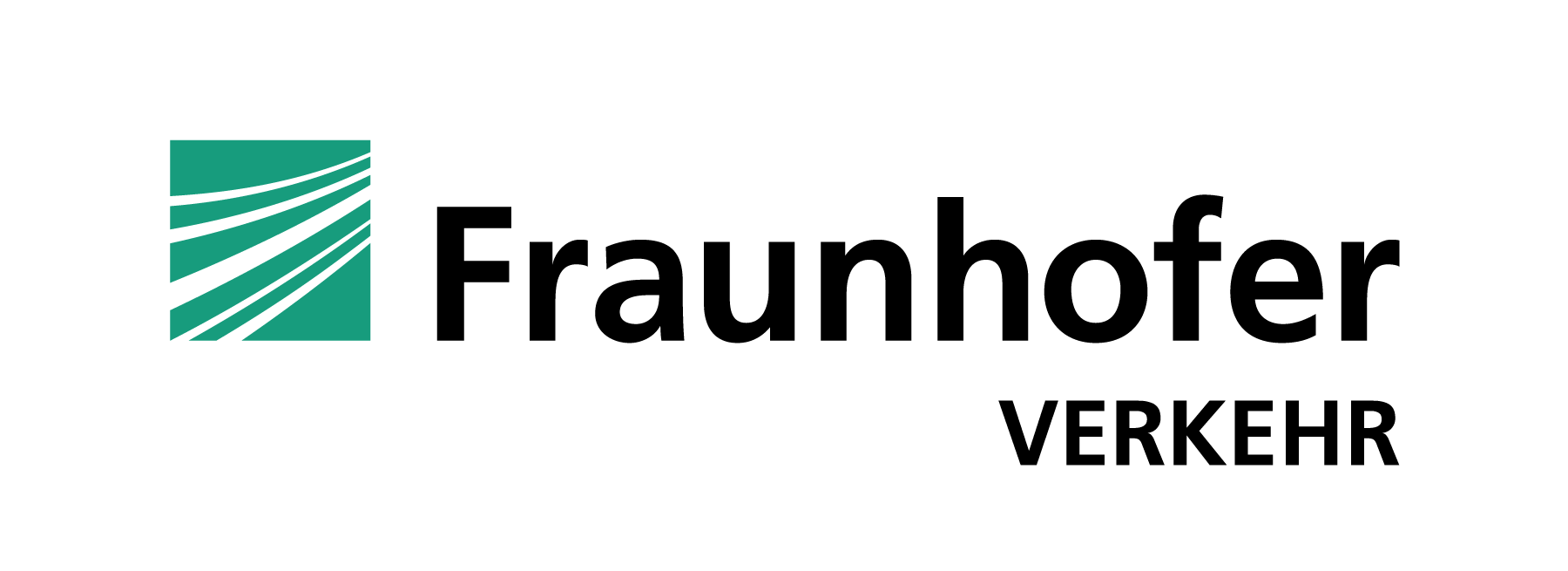
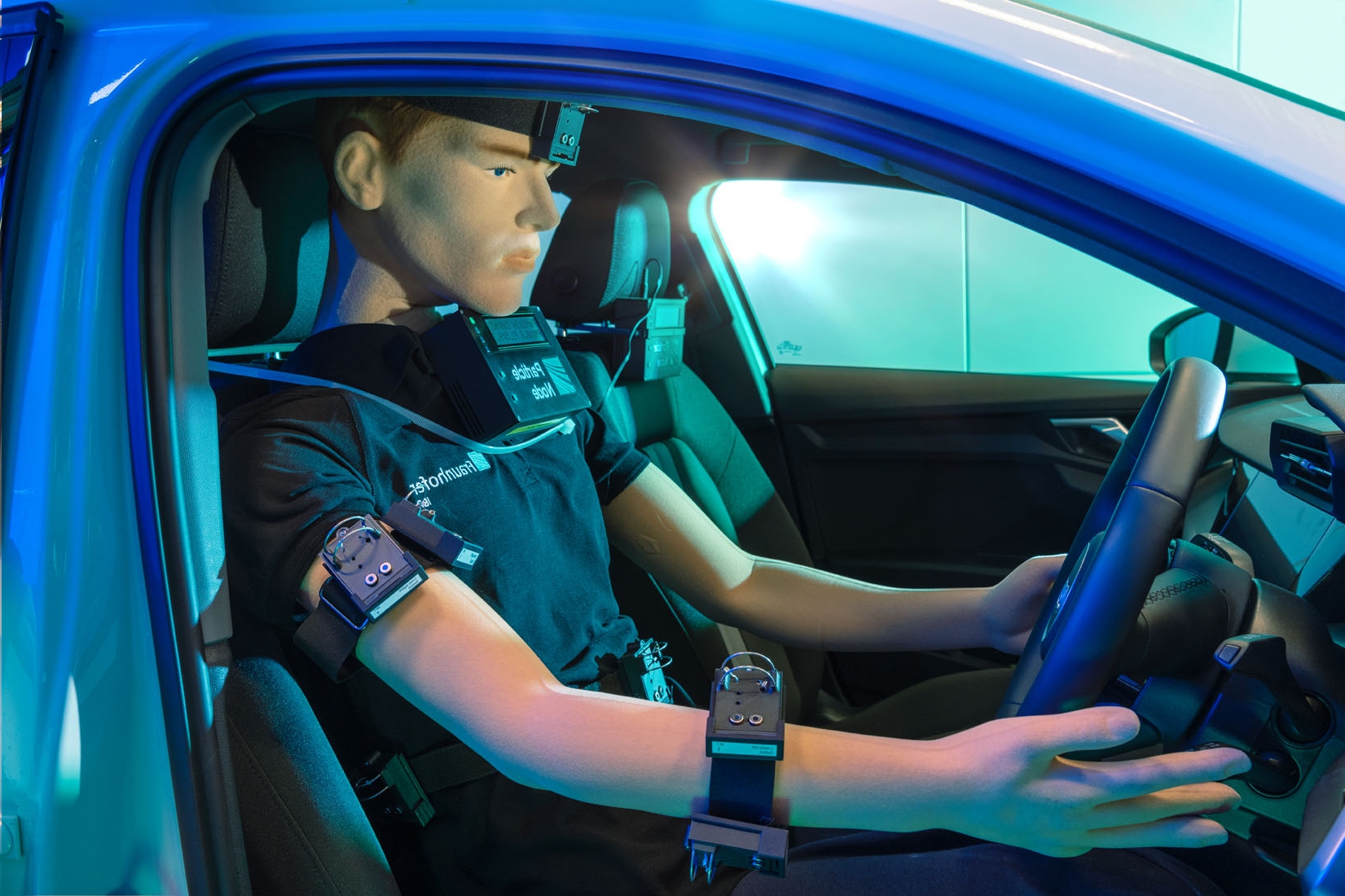
Since March 2003, various Fraunhofer institutes and facilities have been pooling their expertise in transport in the Fraunhofer Transport Alliance. The members of the alliance have set themselves the task of developing appropriate technical solutions and concepts based on transport-related research for customers in the public and industrial sectors and aim to translate these solutions into practical applications.
Working closely together on specific topics, integrated system solutions can be developed for customers in the transport sector. The transfer of knowledge also enables new areas of application to be opened up. By selecting and bundling a wide range of skills, customers can thus be offered solutions tailored to their needs.
Through international research programs, the member institutes are networked across the globe with business and research companies in the transport sector. The Alliance head office helps you find the right partners.
Areas of expertise
- Studies on acoustic, comfort/climatic, chemical, sensory, biological and hygienic aspects in vehicles and aircraft
- Development of concepts, technologies, materials and analytical methods, consulting
- Integration of different functionalities into new materials
Fraunhofer Group MATERIALS
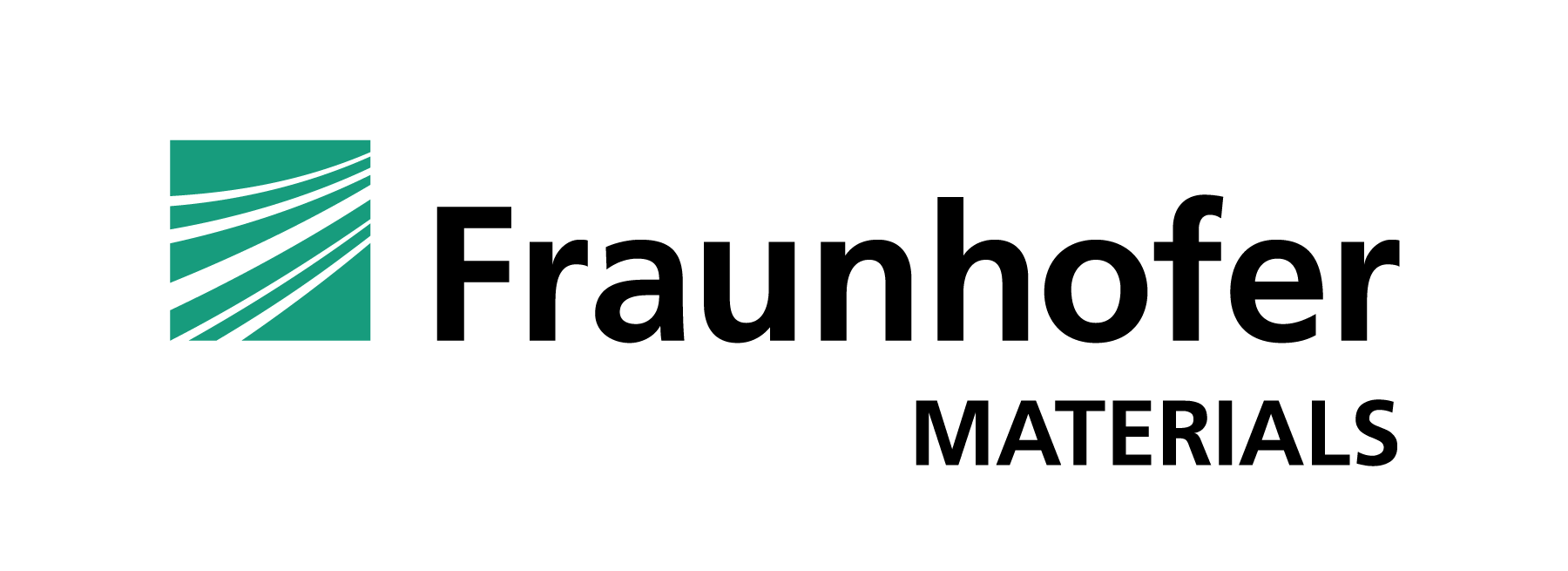
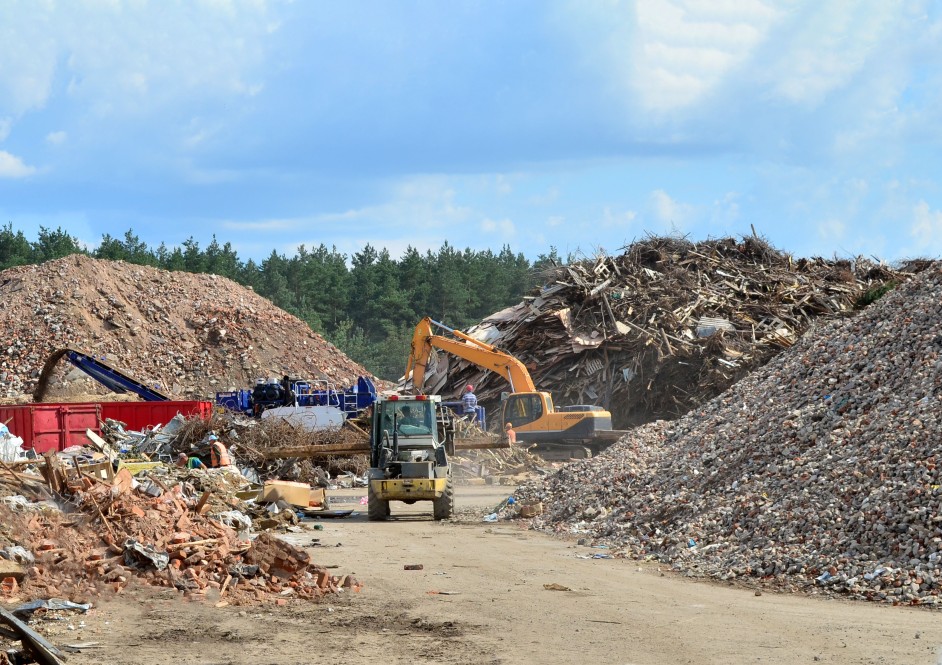
The Fraunhofer Group for Materials and Components bundles the competencies of materials science and materials engineering in the Fraunhofer-Gesellschaft. This applies in particular to the development of new and improved materials, the application-specific (re)design of existing materials, the appropriate manufacturing processes and process technologies up to quasi-industrial scale, the characterisation of material and component properties through to the evaluation of the system behaviour of materials and components in products.
Numerical modelling and simulation techniques are used as well as state-of-the-art experimental investigations in laboratories and pilot plants. Both take place across all scales, from the molecule to the component to the complex system and process technology. In parallel, the methods and tools used are constantly being developed to the highest standard.
Where materials are concerned, the Fraunhofer MATERIALS group covers the full spectrum of metals, inorganic non-metals, polymers, and materials made from renewable resources, as well as semiconductor materials. Over the last few years, hybrid materials have gained significantly in importance.
The scientists working in the Group's institutes deploy their knowledge and expertise on behalf of their customers specifically in the fields of mobility, healthcare, mechanical engineering and plant construction, building construction and living, microsystems technology, safety, energy and environment. They are well networked at national, European and international level and contribute significantly to innovation processes at these levels. For example, at the European level, within the framework of the "Advanced Materials Initiative" (AMI 2030), the association is committed to strengthening Europe's technological sovereignty through excellent materials science and engineering.
Key working fields
- Development of materials
- Development of technologies
- Evaluation of application behavior
- Material modeling and simulation
Areas of expertise
- Implementation of energy-efficient and sustainable construction methods
- Recycling & recovery of raw materials
- Development of new materials and manufacturing processes
Fraunhofer Cluster of Excellence CPM
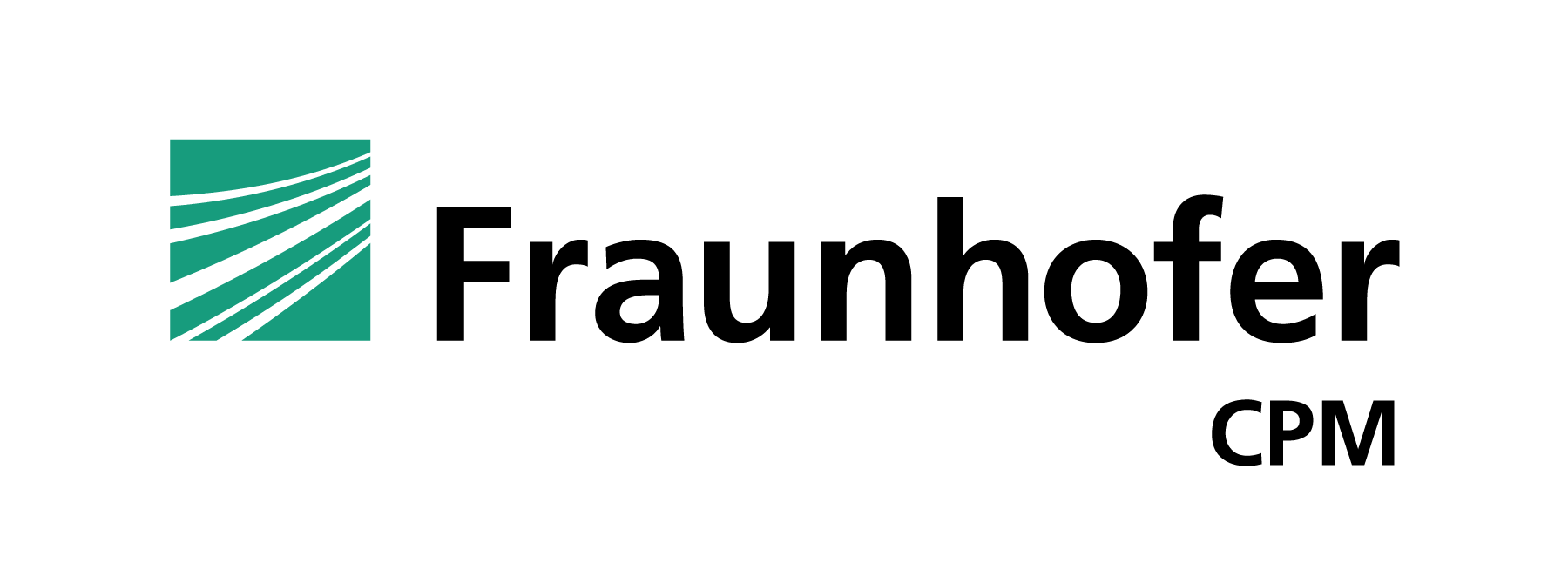
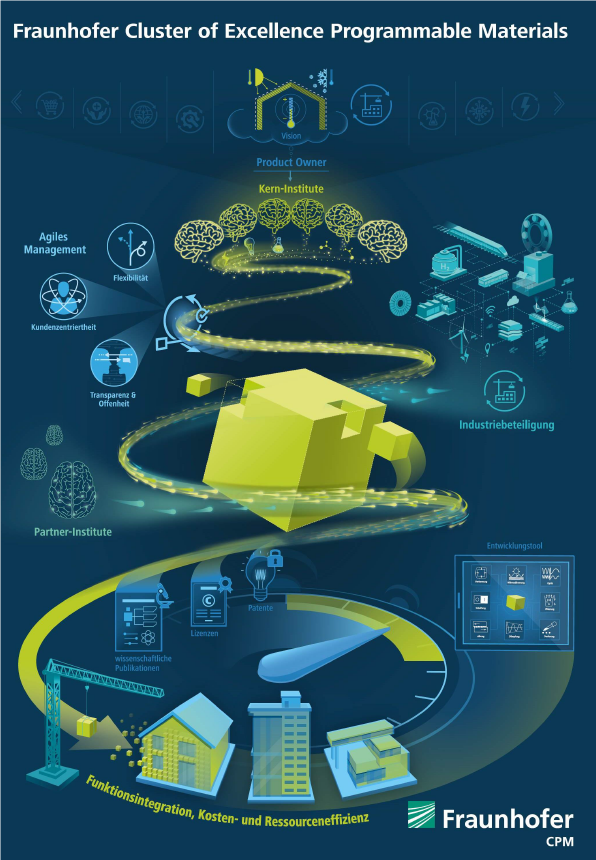
To design and produce programmable materials, the Cluster of Excellence brings together the expertise of the Fraunhofer Institutes IWM, IAP, IWU, ICT and IBP. Together, they master materials and processes on anything from the molecular to the macroscopic scale. Collaborating with partner institutes, they develop programmable materials in two core fields focusing on transport properties and mechanical material properties. These are properties that can hardly be altered in conventional materials and are therefore of particular interest.
The cluster aims at programming logics into materials so that they can be specifically modified or adapted, for example in terms of shape or optical or mechanical properties. To this end, the cluster seeks to gain an understanding of the internal structure of materials and to design and engineer them in a way that takes into account the various dimensions - from the molecular scale through chemical and structural properties (especially at interfaces) right up to macroscopic objects. By mastering the complex (internal) material structure and programming the material properties, functional components can be designed.
The cluster uses functional demonstrators to present the technological potential of programmable materials to various markets. These include self-cleaning membrane filters for water treatment systems, materials with programmable heat transfer for energy-efficient heat management in the machine & equipment, automotive, and construction sectors, as well as coupling and positioning systems that can be controlled by programmable friction and a programmable micropump and filter system for medical applications.
Key working fields
- Materials and processes
- Transport properties (heat / mass transport)
- Mechanical material properties
Areas of expertise
- Programming logics into materials
- Understanding, designing and engineering the internal structure of materials
Fraunhofer Cluster of Excellence CINES
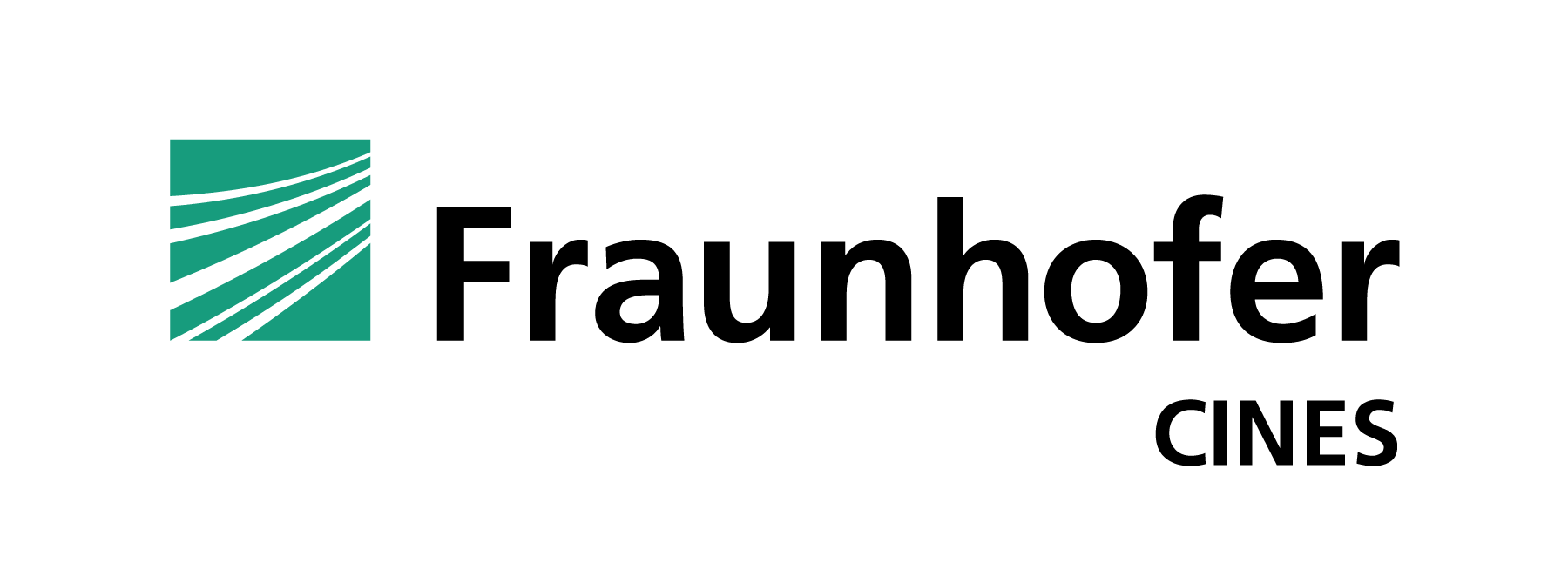
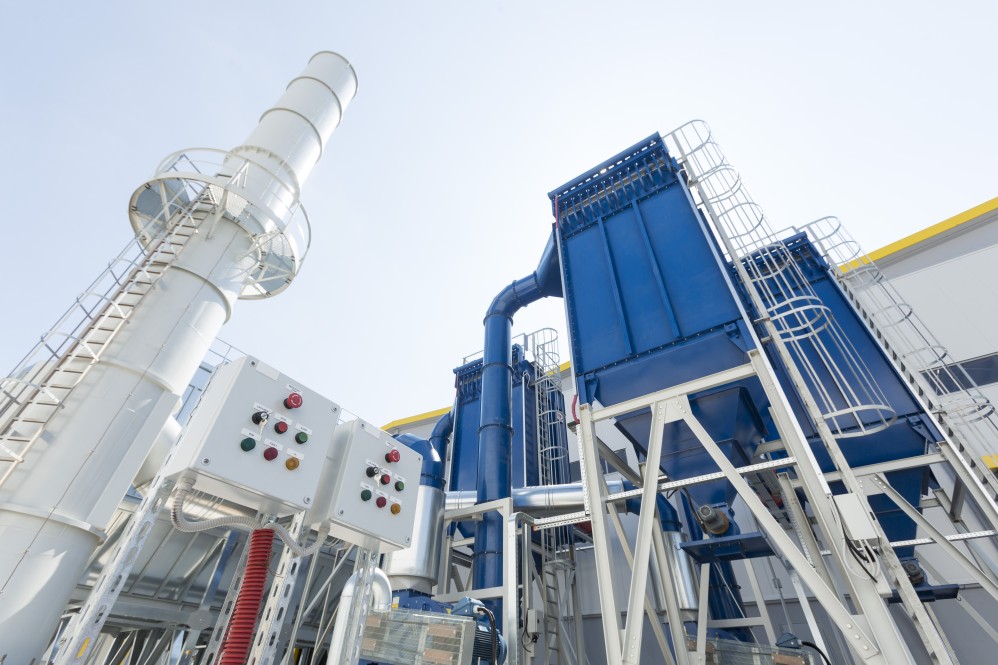
The Cluster of Excellence Integrated Energy Systems CINES addresses the core technological and economic challenges of the energy transition. Its aim is the system and market integration of high shares of variable renewable energies into the energy system. To this end, CINES combines the expertise of the Fraunhofer-Gesellschaft's institutes for applied energy research.
CINES develops solutions to transform the energy system - comprehensive, cross-sector energy system analyses, digital solution models for digitizing new technologies, decisive advances in electrolysis, power electronics and heat, and the successful communication of the energy transition.
Key working fields
- Energy systems incl. energy distribution
- Heat / cold
- Storage (electrical, thermal, chemical, physical)
- Power electronics
- Electrolysis / fuel cells
- Digitization
- Science communication
Areas of expertise
- System analysis and design
- Technologies for coupling sectors and supplying heat and cold
- Energy generation transformation, networks and operation of energy systems (defossilization)